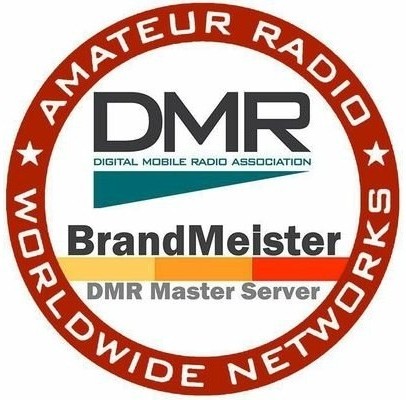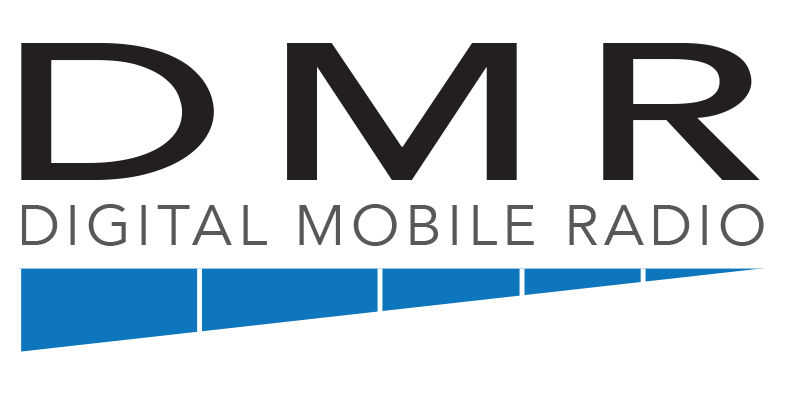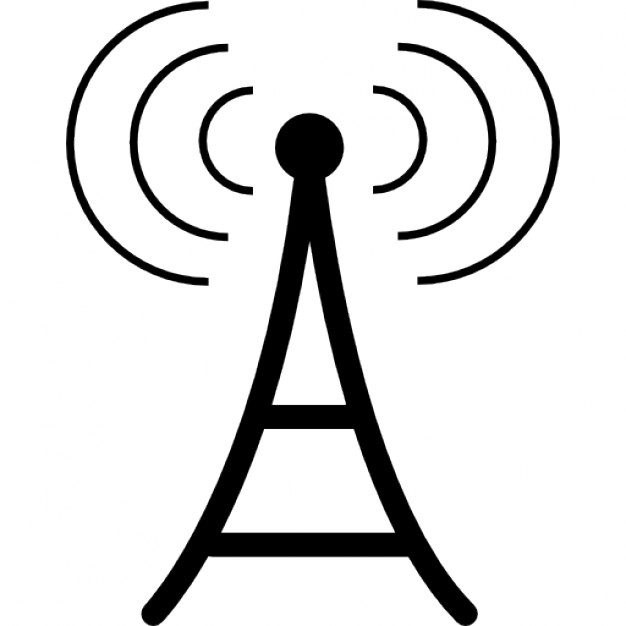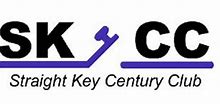Amateur Radio Knows No Boundaries
Amateur Radio Knows No Boundaries Read More »
Click the link to view the recent newspaper article in The Star.
http://www.w9ou.org/wp-content/uploads/2025/01/The-Star-011825.pdf
Amateur Radio Knows No Boundaries Read More »

Click here to purchase raffle tickets or reserve outdoor space
| Name | Downloads | Version | Owner | Last Modified | Rating |
|---|---|---|---|---|---|
| Name | Downloads | Version | Owner | Last Modified | Rating |
|
51 downloads | 1.0 | 13-01-2025 19:54 | ||
|
431 downloads | 1.0 | 22-03-2022 1:06 | ||
The 2025 Northeastern Indiana Amature Radio Association. Auburn Indiana Hamfest is scheduled for Saturday July 19, 2025 from 9am to 2pm. Come join us for the fellowship and fun.
New this year – VE Testing at 10:00 AM
Raffle Prizes (Tickets $5.00 each or Buy 2, get 1 free!):
Auburn Cord Duesenberg Museum
1600 Wayne Street
Auburn, IN 46706
2025 Auburn Hamfest scheduled for July 19, 2025 9am – 2pm Read More »
Dave Southern was given two awards at the November club meeting. One to honor his dedicated service to the Northeast Indiana Amateur Radio Association (NIARA) as well as a lifetime membership.
Membership Award Nov. 2, 2024 Read More »
A Reminder to all on Repeater usage and Control:
Repeater Etiquette:
The following information is a simple guide to courteous operation on repeaters. If you operate using these simple
guidelines, you will make it more enjoyable for everyone operating on repeaters, and you will also set a good
example for others. It never hurts to review the guidelines (and new hams may not be familiar with these
guidelines) to make sure you are being a responsible amateur radio operator. Remember, repeaters are a public
service, and general courtesy is expected of all amateur radio operators.
§97.119 Station identification.
(a) Each amateur station, except a space station or telecommand station, must transmit its assigned
call sign on its transmitting channel at the end of each communication, and at least every 10 minutes
during a communication, for the purpose of clearly making the source of the transmissions from the
station known to those receiving the transmissions. No station may transmit unidentified communications
or signals, or transmit as the station call sign, any call sign not authorized to the station.
(b) The call sign must be transmitted with an emission authorized for the transmitting channel in one
of the following ways:
(1) By a CW emission. When keyed by an automatic device used only for identification, the speed
must not exceed 20 words per minute;
(2) By a phone emission in the English language. Use of a phonetic alphabet as an aid for correct
station identification is encouraged;
(3) By a RTTY emission using a specified digital code when all or part of the communications are
transmitted by a RTTY or data emission;
(4) By an image emission conforming to the applicable transmission standards, either color or
monochrome, of §73.682(a) of the FCC Rules when all or part of the communications are transmitted in
the same image emission
(c) One or more indicators may be included with the call sign. Each indicator must be separated
from the call sign by the slant mark (/) or by any suitable word that denotes the slant mark. If an indicator
is self-assigned, it must be included before, after, or both before and after, the call sign. No self-assigned
indicator may conflict with any other indicator specified by the FCC Rules or with any prefix assigned to
another country.
(d) When transmitting in conjunction with an event of special significance, a station may substitute
for its assigned call sign a special event call sign as shown for that station for that period of time on the
common data base coordinated, maintained and disseminated by the special event call sign data base
coordinators. Additionally, the station must transmit its assigned call sign at least once per hour during
such transmissions.
(e) When the operator license class held by the control operator exceeds that of the station licensee,
an indicator consisting of the call sign assigned to the control operator’s station must be included after the
call sign.
(f) When the control operator is a person who is exercising the rights and privileges authorized by
§97.9(b) of this part, an indicator must be included after the call sign as follows:
(1) For a control operator who has requested a license modification from Novice Class to Technical
Class: KT;
(2) For a control operator who has requested a license modification from Novice or Technician to
General Class: AG;
(3) For a control operator who has requested a license modification from Novice, Technician,
General, or Advanced Class to Amateur Extra Class: AE.
(g) When the station is transmitting under the authority of §97.107 of this part, an indicator
consisting of the appropriate letter-numeral designating the station location must be included before the
call sign that was issued to the station by the country granting the license. For an amateur service license
granted by the Government of Canada, however, the indicator must be included after the call sign. At
least once during each intercommunication, the identification announcement must include the
geographical location as nearly as possible by city and state, commonwealth or possession.
[54 FR 25857, June 20, 1989, as amended at 54 FR 39535, Sept. 27, 1989; 55 FR 30457, July 26, 1990; 56 FR 28,
Jan. 2, 1991; 62 FR 17567, Apr. 10, 1997; 63 FR 68980, Dec. 14, 1998; 64 FR 51471, Sept. 23, 1999; 66 FR 20752,
Apr. 25, 2001; 75 FR 78171, Dec. 15, 2010]
A repeater trustee is responsible for the proper operation of their assigned repeaters. A repeater trustee is also
responsible for:
Ensuring that the club station license is operated in the club’s best interests
Following all FCC rules
Designating control operators
Determining who can use the club license
W9OU Repeater Etiquette Read More »
The Auburn Indiana now has a Winlink Gateway on the same tower as the
analog and DMR repeater. The Winlink settings to send/receive messages
is as follows:
Frequency : 145.090 MHz
Winlink Packet
Station callsign and SSID : W9OU-10
Auburn Winlink Gateway 145.090Mhz Read More »
The Straight Key Century Club has awarded John, WG9K the Senator Award. Read More »

DMR (Digital Mobile Radio) Information Class, Sunday, February 25th at the Comfort Suites in Auburn, 2 to 4 pm. Jeff, (KB9QG) Will be hosting this class on DMR. There will be several radios to show and demonstrate. With these radios you can talk worldwide.
Comfort Suites
1137 W 15th St
Auburn, IN 467062:00 pm – 4:00 pm
DMR (Digital Mobile Radio) Information Class Sunday February 25, 2024 2pm-4pm Read More »

Below are links to webistes that contain information about DMR Nets that are available For more information send an email to radio@w9ou.org.




